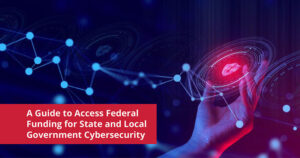The Brookhaven Police Department will become the first public safety agency in Georgia to livestream 911 calls directly to officers in the field.
Though the social media platform TikTok is facing increasing scrutiny, new research has found that half of college students use the app to get help with their homework.
For organizations to succeed in getting started with automation efforts, experts recommend they focus on the “pain points” of the process, and use those successes to build momentum for automation.
Howard University announced that its student information system, BisonWeb, will be deactivated by fall 2024.
The University of Missouri (MU) will use a $2 million grant from the Department of Justice (DoJ) to help schools identify and avoid threats that students or others may make on school grounds involving potential harm to themselves or others.
The University of Michigan (UM) now offers three online courses that incorporate extended reality (XR).
Sens. Amy Klobuchar, D-Minn., and Shelley Moore Capito, R-W.Va., have reintroduced the Rural Broadband Protection Act, which would require a more thorough vetting and verification process for internet service providers seeking to participate in the Federal Communications Commission’s (FCC) high-cost support programs.
The White House Office of Science and Technology Policy (OSTP) is requesting public input on how to improve the collection, use, and transparency of criminal justice data at the state, local, Tribal, and territorial level (SLTT).
Lieutenant Governor Jeanette Nuñez has announced the launch of Florida’s Local Government Cybersecurity Grant Program.
From the lone hacker to nation-state operatives, government agencies from the Federal level down to local municipalities are under constant threat of a cyberattack. In recent years, the Federal government has responded by sharing guidance and information, but that only takes budget-strapped state and local government entities so far.












